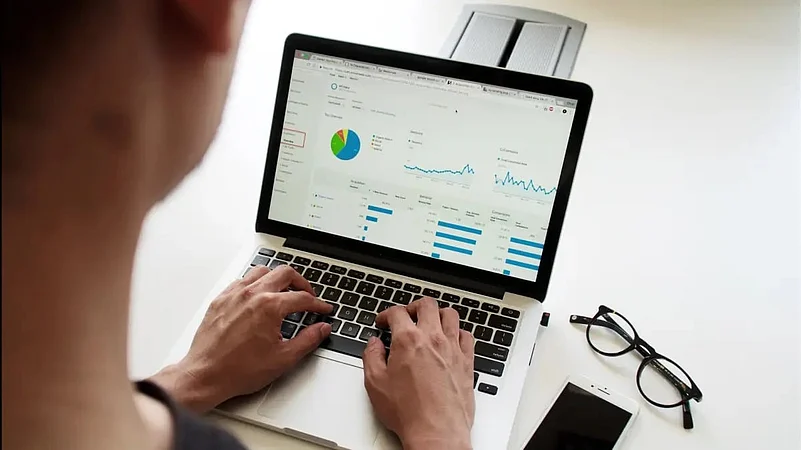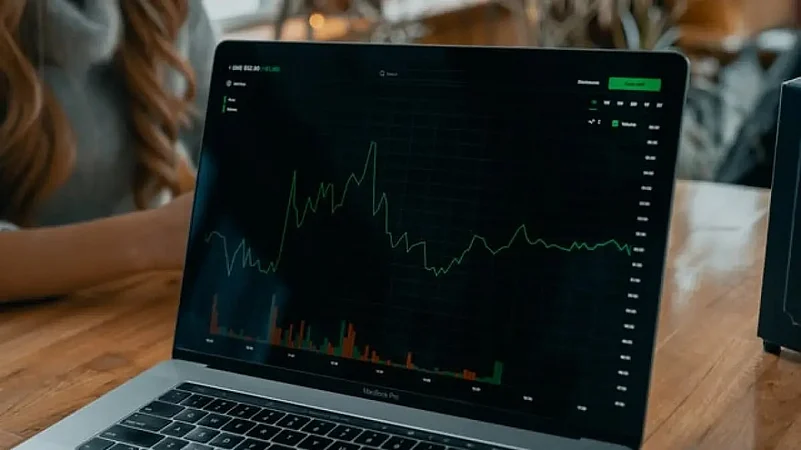At times, our investments do not turn out to be what we desire of it. That is the reason why we make changes to our portfolio to keep it aligned with the market conditions, among other reasons. This includes both buying as well as selling the stock, mutual fund holdings or other assets, as well as deciding on the specific holdings to hold on to in the hope of better returns.
This is called portfolio churning, and it is measured by the portfolio turnover ratio (PTR).
That said, if one were to follow the practice of portfolio churning too frequently, it could lead to cost implications. But that’s not all, these cost implications are almost always hidden, and thus, often go unnoticed.
A study done last year by Axis Mutual Fund found that investors made lower returns than the funds they invested in. This was because investors reacted to short-term movements and sentiment, and often ended up entering/exiting at the wrong time, or too frequently.
“Within an asset class like equity, once you pick a mutual fund, I would stay invested for atleast 3 years before deciding to exit. This is because equities in general, and fund managers specifically have cycles and you must ride a cycle for long enough before making a decision. The more frequently you take action on your portfolio, the more it is likely to hurt you in the long term,” says Kanika Agarrwal, co-founder of Upside AI, an ML-backed PMS.
Direct Cost To Frequent Portfolio Rebalancing
There is both a direct as well as indirect cost to frequent portfolio rebalancing. Let’s find out what the direct costs are.
Transaction Cost: For stock or mutual fund sold (in demat), your broker and demat account service provider will charge you the brokerage and other statutory charges, respectively. Although these charges are very low, but it can still add up to a big amount, if done very frequently.
“Simply put, high churning of a portfolio means buying and selling securities very frequently. High volume of transactions leads to high taxes and transaction costs, such as brokerage, securities transaction tax (STT), and other charges, thereby reducing the returns from your portfolio. Portfolio churn, also called as portfolio turnover, is the ratio of a minimum of securities bought or sold over the average assets of the portfolio,” says Ajay Modi, vice-president, Research Piper Serica Advisors and Smallcase manager.
He also explained with an example. Suppose an investor had an average portfolio of Rs. 1 lakh and purchased equity shares of Rs 25,000. Let’s also assume that in the same year, he sold Rs 30,000 worth of equity shares. Then, the portfolio turnover ratio would be 25 per cent, or, in other words, one-fourth of the assets of the portfolio were churned over the last one year.

Tax: Equity investment gains are either taxed as short-term capital gains (STCG) or long-term capital gains (LTCG). If one were to sell his/her equity investments within a year, then it would attract STCG tax, and this tax would be charged irrespective of one’s income tax slab rate. So, every time one sells a winning stock and invests elsewhere, he/she would actually be paying a tax on that, and this would eat into the returns.
"I think an investor should first start with an asset allocation plan – saying how much she wants to invest in equity, debt, gold, real estate, etc. She should relook at her asset allocation on a quarterly basis – to check whether she has moved too far away from her target weights and readjust if required," added Agarrwal.
Indirect Cost To Frequently Churning One’s Portfolio
There are some hidden indirect cost to frequent portfolio churning, too.
Stress: If you frequently churn your investment portfolio because you feel that it is not generating enough returns or meeting your goals, you would in reality eventually end up adding to your stress.
“You might expect a particular stock or fund to give you good returns, but later get disappointed to see that it did not turn out as expected. Then you sell that and invest in another fund or stock, which also disappoints you. So, if you keep on exiting and entering funds or stocks frequently, then it might add to your stress levels.
This is why you should not frequently buy and sell your investments, as it can add to your anxiety levels, and hence, induce stress. You should always compare the long-term returns of a stock or fund before judging whether it’s lagging behind its peers or not. In a shorter time frame like a month or three months, the stock or fund may give less returns, but in the long term, it could potentially give a big return,” says Anup Bhaiya, managing director, Money Honey Financial

Impulsive Investing: Let’s assume that you are investing according to your goals and financial plan set by your financial planner. But then, you make an impulsive purchase decision by seeing potentially higher returns in other risky high return assets, such as crypto, stock options, and others short-term gains. So, in essence, you have churned your investment portfolio partly to now include a riskier asset class, and hence, your financial plan also got changed due to this. Since you only have a finite amount of money, these impulsive investment decisions create an opportunity cost. It essentially means that you have to forego other investments in favour of the investable assets you decide to go with now.
“An investor might have invested in a fundamentally good stock that gave multi-bagger returns in the past, but is currently underperforming the broader market. So, by making an impulsive decision, he decides to invest in another stock or asset – which has potentially more risk, but higher returns – by selling this stock. For example, he might be having a blue-chip stock in his portfolio that gives him a nominal return.
But Bitcoin and other cryptos are giving returns like 30 or 40 per cent. So, he might sell his blue-chip stock and use the proceeds to buy Bitcoins. But, unfortunately, this practice will hurt him in the long term, since he has sold a fundamentally good company’s stock to buy something that is highly risky,” adds Bhaiya.














